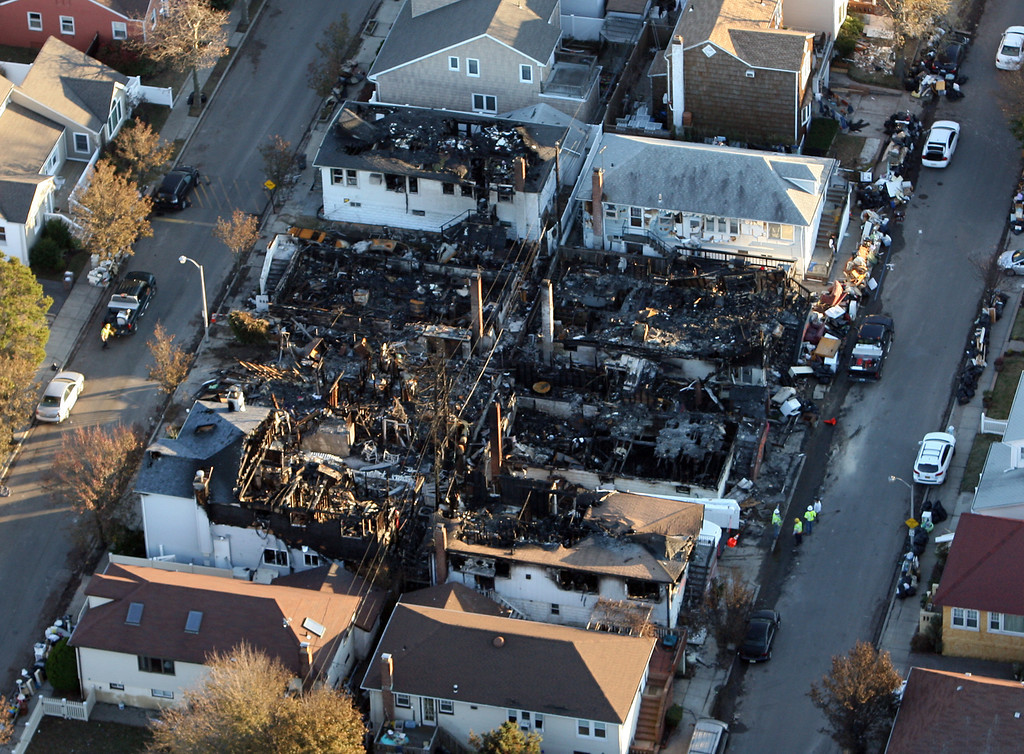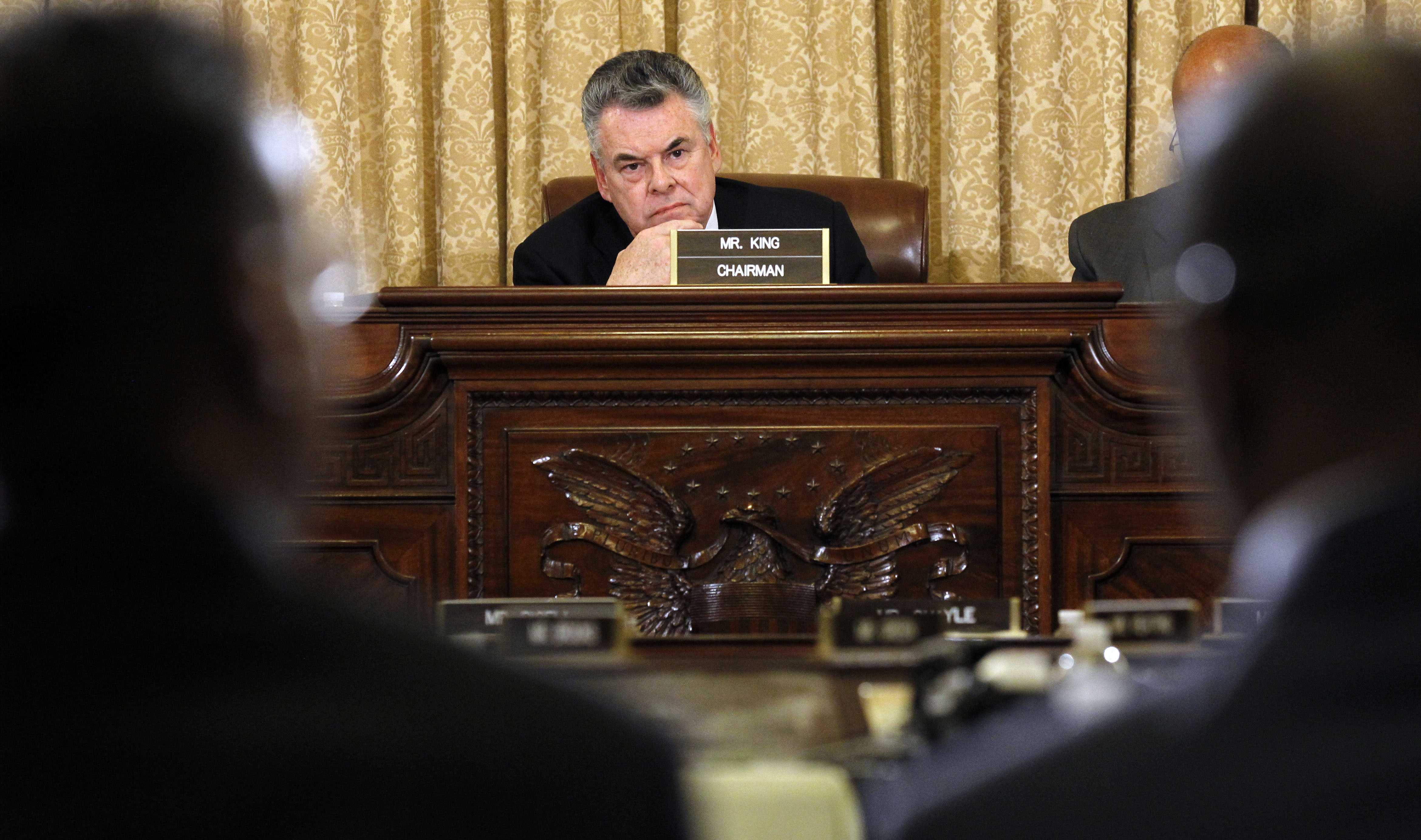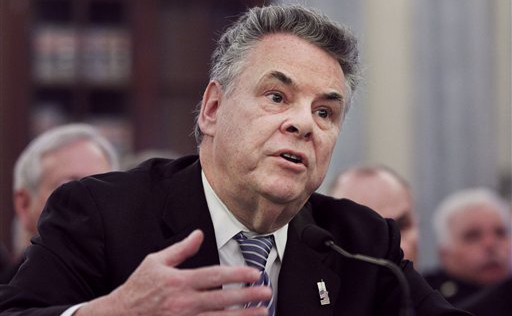

Hurricane Sandy roared in on Oct. 29, knocking out power to 90 percent of LIPA’s customer base and is responsible for billions of dollars in damages. (Photo credit: Kevin Kane)
Kevin Collins is enjoying relaxing music and sifting through a stack of envelopes piled atop his desk when he gets a call from someone inquiring about an upcoming event.
“That’s this Thursday night,” the director of the Mastic Beach Property Owners Association tells them. “Parents with young children who want Santa to give them a gift should bring [presents] wrapped and marked.”
“Everybody’s welcome,” he adds.
Holiday celebrations were the furthest thing from many Mastic Beach residents’ minds just one month ago, as Superstorm Sandy’s record storm surge sent massive waves barreling through the waterfront community, flooding about 400 homes, destroying countless summer bungalows and slicing three breaches in two nearby barrier islands.
“We took the storm head-on,” says Collins, 65, whose house on Wavecrest Drive took in more than three feet of water. “I have neighbors who had their entire houses wiped out.
“Once the breach happened,” he adds, “people were running for cover.”
While many Long Islanders have regrouped post-Sandy, thousands of residents in several harder-hit areas are still reeling without heat or electricity.
The structural damage was most pronounced in Nassau County, which is seeking $6.7 billion in federal aid—more than three times as much as Suffolk. The sheer magnitude of Nassau’s devastation is also reflected in federal grant monies approved for its residents—$235 million, compared to $51 million for Suffolk residents.
Nassau’s “damage runs the entire coastline,” County Executive Ed Mangano tells the Press, adding, this kind of damage “warrants the support of the federal programs.” Suffolk County Executive Steve Bellone was not available for comment as of press time.
As of Tuesday, more than 9,500 Long Island Power Authority customers were still unable to receiver power due to saltwater damage to electrical systems and at least nine Federal Emergency Management Agency disaster recovery centers were still operating here.
Local officials are reluctant to offer a timetable for full recovery. Two village mayors of oceanfront communities tell the Press they expect it will take at least a year for things to get back to normal, if not longer.
Still, there’s progress being made, according to several officials, even if it’s merely cleaning up the sidewalks.
“When a person that’s lost a good part of their house walks out…and they see all this debris, it makes it worse for them,” says Village of Lindenhurst Mayor Thomas Brennan.
“As far as everyday activity, we’re pretty much back to normal,” says Mastic Beach village Mayor Bill Biondi. “A lot of residents want to come back, and the ones that were damaged want to rebuild.”
Mangano tells the Press the county revived its troubled Bay Park Sewage Treatment Plant within 14 hours of a “catastrophic failure” in Sandy’s wake. Nassau has also sped up the repair time of West Shore Road, which connects Mill Neck to Bayville, from 18 to nine months, he says.
Elected officials from both sides of the aisle are now lobbying for federal aid to help pay for New York’s estimated $32 billion in storm damages.
“It sounds positive,” Rep. Peter King (R-Seaford) says of his discussions with his colleagues in Congress. “But obviously we have to make the best case we can and fight as hard as we can.”
With the government quickly approaching a so-called fiscal cliff and President Obama reportedly asking Congress for $50 billion for post-Sandy recovery efforts in the tri-state area—$30 billion less than requested—that fight may be far from over.
As seen in the Dec. 6 – Dec. 12 issue of Long Island Press.






